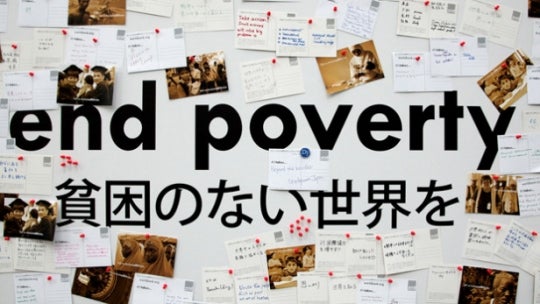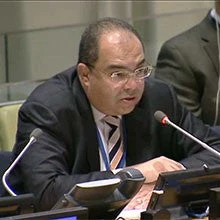
© Simone D. McCourtie/World Bank.
In September 2000, world leaders committed to the Millennium Development Goals.
Until then, few dared to imagine goals such as eradicating extreme poverty and hunger, universalizing access to education or reducing maternal mortality would be possible. Now, with 500 days left before the end of 2015, the MDGs are less a leap of imagination and more of a challenge that many leaders feel is within reach.
Indeed, the goal of halving the number of people living on less than $1.25 per day has been achieved, at least at the global level. Even given the significant increase in global population, there were 700 million fewer people living in extreme poverty by 2010 than in 1990. Up to 2.3 billion people have gained access to improved sources of water; the living conditions of 100 million slum dwellers have been improved; and gender disparity between girls and boys in primary education has been reduced.
These gains in human capabilities will help ensure that the reduction in poverty will be permanent.
Progress in meeting the MDGs — and specifically in reducing poverty — has been strongest in countries where growth has been sustained, institutions have provided peace and stability, and policies have been directed to the helping disadvantaged people. China and India together lifted some 232 million people out of poverty.
On the other side, progress has been generally slower in countries affected by conflict, economic and environmental shocks, and weaker policy frameworks. Country poverty rates remain the highest in sub-Saharan Africa and South Asia. And within countries, poverty tends to be concentrated among ethnic minorities, women, people with disabilities or certain geographically disadvantaged areas.
Much, therefore, remains to be done, and a push to accelerate progress in the next 500 days will make a real difference in people’s lives as well as strengthen the foundations for the post-2015 development agenda.
As the rate of poverty worldwide declines, it will become progressively harder to reduce it further. Social exclusion, remoteness, vulnerability to climate change, and conflict pose the most difficult challenges. According to the research recently conducted by the World Bank, if each country’s per capita income grows at its average annual rate over the past 20 years, global poverty is estimated to be just under 8 percent in 2030, much higher than the World Bank’s 3 percent global poverty target. Under this scenario, 18 countries will still have poverty rates above 30 percent in 2030. The goals will not be achieved with a business-as-usual model.
The post-2015 agenda must finish the “unfinished business” of the MDGs, while inspiring the world with a more comprehensive vision of environmental, social and economic sustainability. The excellent reports of the U.N. High-Level Panel on Post-2015 and the Open Working Group on Sustainable Development Goals seem to converge on this point.
The World Bank’s strategy puts poverty eradication at its core, and is built around two goals: reduce the share of people living on less than $1.25 a day to less than 3 percent of the global population by 2030; and promote shared prosperity by improving the living standards of the bottom 40 percent of the population in every country.
Achieving this requires strong and more inclusive growth, as well as policies that build human capabilities and improve access to markets help create lasting opportunities for poverty reduction. The international community needs to work in partnership with governments to build capabilities to manage global shocks, reduce environmental risk, and increase financing for development. A strong accountability framework for delivery, reinforced by good data and robust measurement must support concrete action plans at the country level.
Aug. 18, 2014, marked the 500-day milestone until the target date to achieve the Millennium Development Goals. Join Devex, in partnership with the United Nations Foundation, to raise awareness of the progress made through the MDGs and to rally to continue the momentum. Check out our Storify page and tweet us using #MDGmomentum.
This post first appeared on Devex.


Join the Conversation